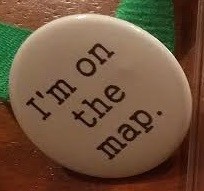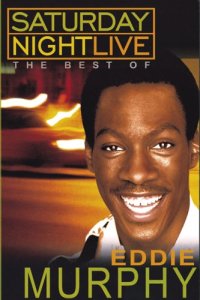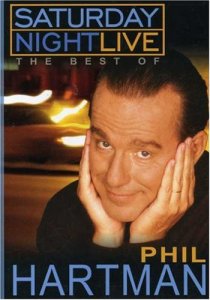
In a recent piece on the SIOP website,I was asked to give some advice to frontline and mid-level managers about how to get the most of their training in 2017. Here’s a follow-up to the aforementioned piece…which has great tips about employee engagement and work teams!

I had written my original response in the form of resolutions addressing some of the concerns that managers had about whether employees used what they learned in training on the job. This concept is referred to as training transfer. A recent experience at Starbucks reminded me of these resolutions.

1) “As a front-line or mid-level manager, I resolve to recognize when my employees use the training.”
This resolution means being aware of what training employees are receiving and ultimately what the goals of that training are so that a front-line or mid-level manager can recognize when the training is being used by an employee. This might necessitate that a manager has to sit in on the training or at least receive a copy of the training materials.
2) “As a front-line or mid-level manager, I resolve to reward employees for using their training.”
This resolution means that managers should not only recognize that what was learned in training is being used, but that there is a reward the employee receives for following the training. The reward can be something as simple as verbal encouragement or giving your subordinate a desirable assignment. We know from Thorndike’s Law of Effect that if we want a behavior to be repeated, we need to reinforce it with a reward.
3) “As a front-line or mid-level manager, I resolve to review my employees performance and recommend any possible training that may be available to help them improve”
This resolution means that a manager should provide feedback to employees about the employee’s work performance, as well as provide them with suggestions for training programs that may help them improve. This might also include speaking to the training and development department about programs that are currently offered to further develop subordinates and providing access or information to qualified employees who have not participated in the training.
Now I recently saw these steps in action in a completely random encounter at the local Starbucks.
I walked into the Starbucks at the Farmingdale LIRR station (local commuter train for those not from the area) on a warmer than average morning in January. I ordered a pair of drinks with the barista at the counter. She seemed uncomfortable and had the distinct air of a novice. She nervously asked me my name and checked how to spell it before handing the cup off to a man who appeared to be her manager. He looked ready to make my drink but looked at the cup and back at her and told her gently that she’d forgotten to write my order on the cup. He reminded her of her training to write the order on the cup in shorthand (cascara latte shortened to CAS). This immediately piqued my interest because I rarely get a chance to hear a manager reference training in my interactions with staff.

After correcting her behavior, he referenced a previous behavior by saying, “Looks like you did a good job learning how to use the POS (point of service) system, now you just need to remember to write down the drink orders.” His behavior was a great example of how to recognize and reward an employee for using what they learned in training.
As he was making my drink, he continued his conversation with his novice employee. He referred to some other work that she had done in addition to using the POS system and asked her how she felt her training experience was going. She talked to him about some challenges she faced with making drinks. After which he grinned at her and said “You can’t sit at the cash register all day. You’ve gotta learn to make some drinks otherwise you’re going to get bored.” As he was finishing my cascara latte he waved her over and said “take a look at how I’m sprinkling on the cascara latte topping, you get a nice little line right at the top. The more you practice this the better you’ll get.”

*not a picture of my actual drink at Starbucks
His actions were a great indication of reviewing the training that an employee has received and recommending further training. In this case reviewing the training that she had received and recommending ways to practice what she’s learned.
This was a wonderful illustration of these four R’s. If you are a manager reading this I hope you can use this example as a way to engage with your employees more effectively about their experiences in training.

The 4 Rs Model
In order to gauge the effectiveness of recognize-reward-review-recommend process, there are 4 simple approaches to evaluate the model’s effectiveness:
1) If you’re aware of the behaviors that your employees learned watch for them. If they’re using what they learned in the training on the job, that’s a sign of success.
2) Look at your key performance indicators as a department. Not just the overall outcomes, but variables that you know lead to greater outcomes later on. For example, if you’re managing your sales force and they attended a sales training, perhaps sales didn’t immediately increase, but perhaps your sales team are making more calls and building a larger network. That indicates that they’re doing the right things in the process of doing their job.
3) Informally survey your employees about their training experiences. Are they using what they learned? Do they feel comfortable or have the opportunity to use what they learned? If there is anything that you as a manager can do to make it possible for your employees to implement their training? Also, pay attention to the results of pulse surveys that your organization conducts.
4) After 6 months or a year, identify key departmental outcomes that were supposed to change based on the training. Managers are usually looking at those numbers already. The key is to try to connect them back to the training that employees have experienced.
I hope my coffee buying experience helps you and your company to get the most of out of your training. If you’ve got other suggestions please write them in the comments below!

My actual drink!
























